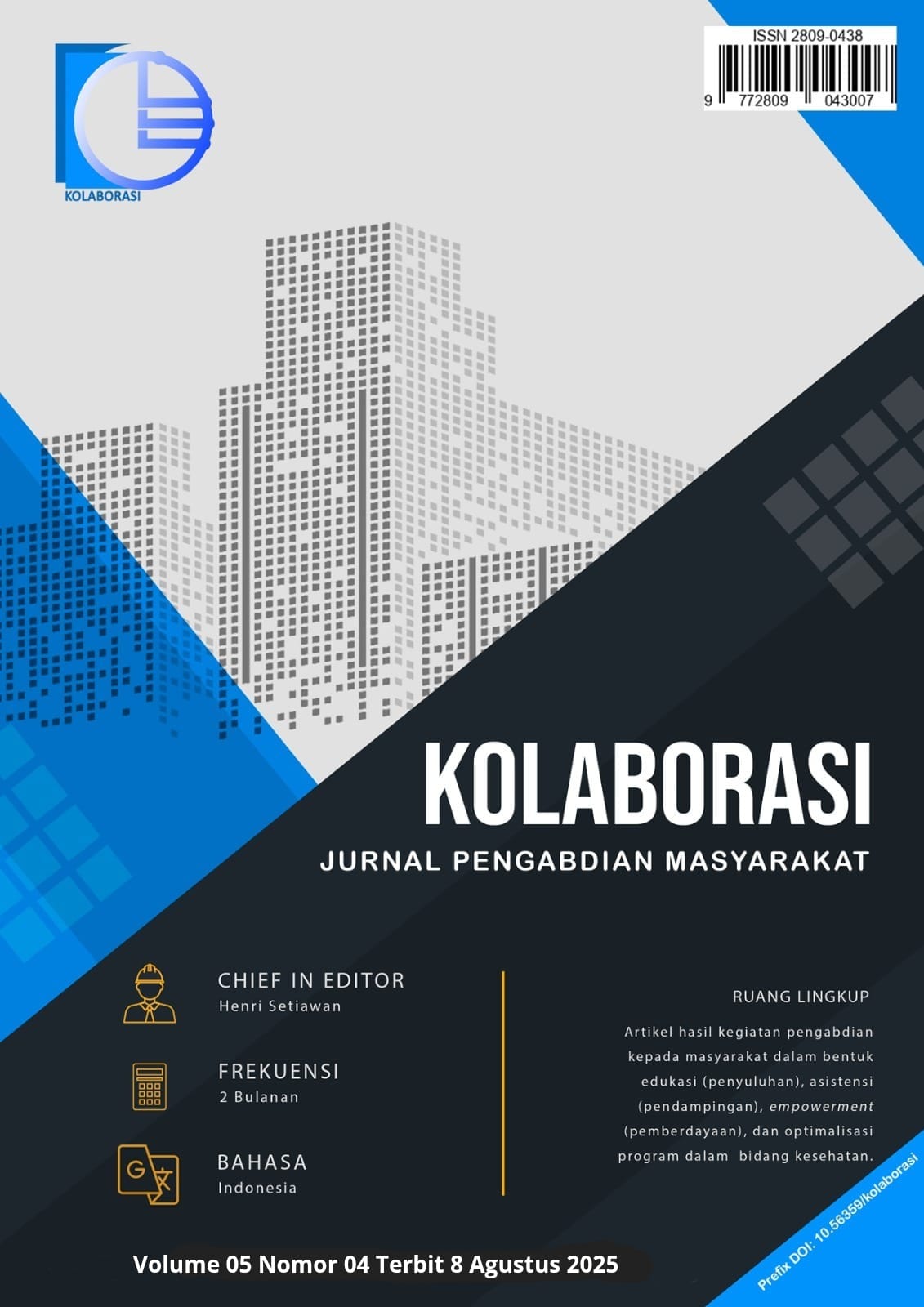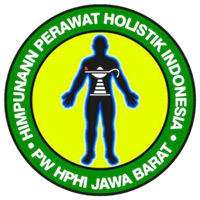Sosialisasi Pentingnya Kesiapsiagaan Masyarakat Terhadap Bencana Tsunami di Desa Babokerong
DOI:
https://doi.org/10.56359/kolaborasi.v5i4.540Kata Kunci:
Socialization, Community Preparedness, Disaster MitigationAbstrak
Indonesia is a country that often experiences disasters because of its position at the meeting point of three major tectonic plates in the world. This condition makes Indonesia vulnerable to earthquakes, tsunamis, volcanic eruptions, and landslides. One of the disasters occurred in Babokerong Village. Socialization of the importance of community preparedness for tsunami disaster was held in Babokerong Village, Nagawutung District, Lembata Regency. The purpose of this activity is to increase public awareness and knowledge about the importance of being prepared for tsunami disasters. In this socialization event, there are 40 participants involved. The results of the socialization show that this activity brings benefits to the population and is the first step in efforts to improve community preparedness for disasters in Babokerong Village. Thus, it is expected that the people of Babokerong village can be better prepared and responsive in dealing with future tsunami disasters. This service uses a comprehensive and participatory socialization approach, involving various parties such as the village government, BPBDS, and the community directly through face-to-face activities and interactive discussions. In this activity, the presentation of the material using PowerPoint presentation media that facilitate the delivery of material in a coherent and interesting, as well as question and answer sessions that increase understanding and community involvement. As a result, ongoing training and regular disaster simulations are necessary to ensure that individuals not only grasp the concepts, but also are able to use this knowledge in actual emergency situations.
Unduhan
Referensi
BNPB. (2017). Masyarakat Tangguh Bencana.
Hidayati, D. (2008). Kesiapsiagaan Masyarakat: Paradigma Baru Pengelolaan Bencana Alam (Community Preparedness: New Paradigma in Natural Disaster Management)e. Jurnal Kependudukan Indonesia, 3(1), 64–84.
Naryanto, H. S. A. B. (2019). Kerentanan Dan Risiko Bencana Tsunami Di Provinsi Papua Barat. Jurnal Alami: Jurnal Teknologi Reduksi Risiko Bencana, 3(1), 10. https://doi.org/10.29122/alami.v3i1.3399
Pudjiastuti, S. R. (2019). Mengantisipasi Dampak Bencana Alam. Jurnal Ilmu Pendidikan (JIP) STKIP Kusuma Negara, 10(2), 1–14.
Pusdalops-TB. (2024). BPBD Provinsi NTT. https://www.facebook.com/Pusdalopsprovntt/posts/angin-kencang-disertai-gelombang-pasang-menerjang-wilayah-pesisir-desa-babokeron/896272786021893/
Ramli, S. (2010). Pedoman Praktis Manajemen Bencana.
Sasmita, N. O., & Afriyenti, L. U. (2019). Resiliensi Pascabencana Tsunami. INSAN Jurnal Psikologi Dan Kesehatan Mental, 4(2), 94–101.
Satria, B., & Sari, M. (2017). Tingkat Resiliensi Masyarakat Di Area Rawan Bencana. Idea Nursing Journal, 8(2), 30–34.
Setyaningrum, Niken; Setyorini, A. (2020). Tingkat Kesiapsiagaan Kepala Keluarga dalam Menghadapi Bencana Gempa Bumi Di Kecamatan Pleret dan Piyungan Kabupaten Bantul. Jurnal Kesehatan Al-Irsyad, 13(1), 84–92.
Wibowo, T. W., Mardiatno, D., & Sunarto, S. (2017). Pemetaan Risiko Tsunami terhadap Bangunan secara Kuantitatif. Majalah Geografi Indonesia, 31(2), 68–78.
Unduhan
Diterbitkan
Cara Mengutip
Terbitan
Bagian
Lisensi
Hak Cipta (c) 2025 Giosephina Bakhita Ruben, Samsul Bahrin, Elisabeth Date Masan Welin, Indriyati, Hendrikus Likusina Kaha

Artikel ini berlisensi Creative Commons Attribution 4.0 International License.












